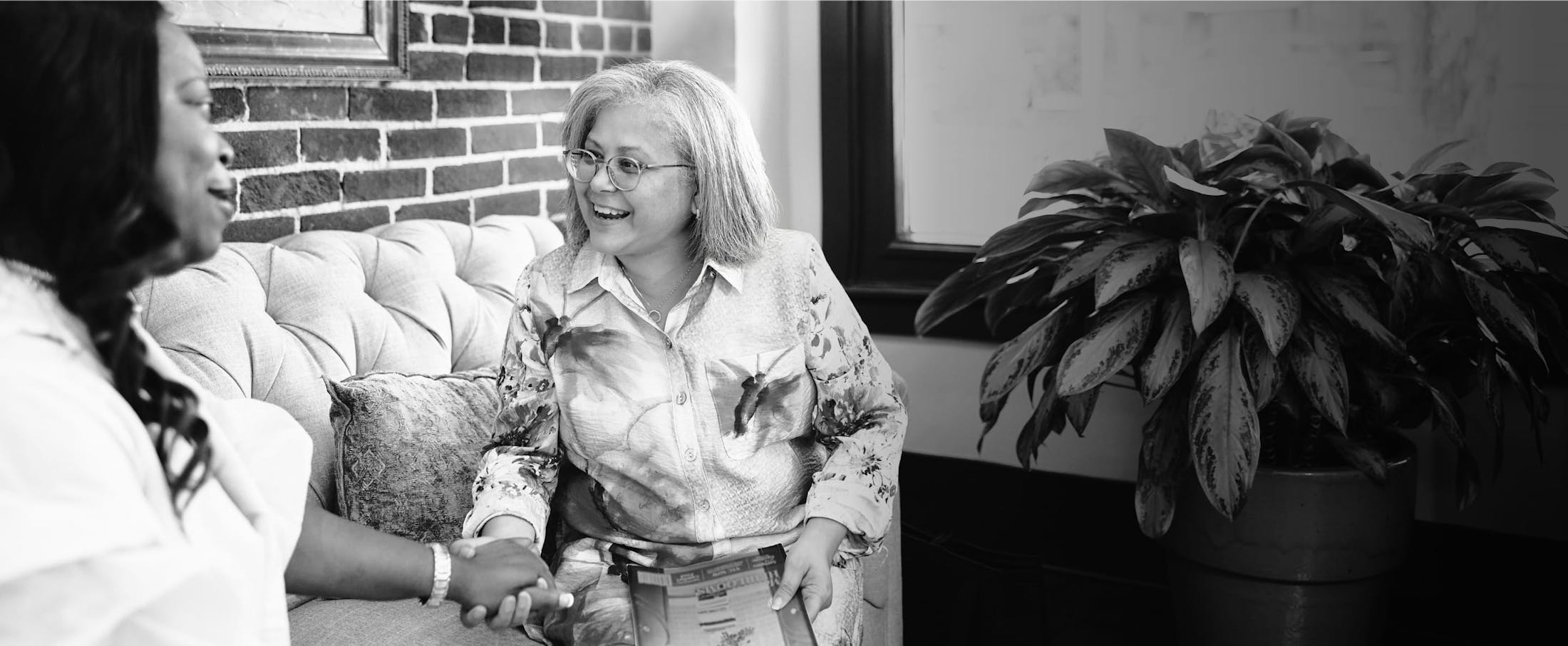by HGD Staff
As people progress into old age, routines and familiar surroundings provide comfort and a sense of safety for them. However, their ability to care for themselves or stay safe often becomes an issue. Each time we visit an aging family member, we have an opportunity to evaluate how their health is, if they are maintaining a safe and hazard free environment, and if they are enjoying a good quality of life. If you identify any of the five warning signs here, there is a good chance your loved one may need some type of caregiving support.
1.Falls
If your loved one has had a fall, chances are high that he will have another one. Much like you would baby-proof a house for a new infant, people with a high fall-risk need a fall prevention plan for their home by evaluating all fall hazards. Look for unsafe stairs such as those without railings or poor lighting. Install handrails on both sides of stairs, support rails in bathrooms and showers, add lighting, and consider adding ramps where possible. Throw rugs, clutter, and other tripping hazards need to be removed. A certified aging in place specialist, or a physical or occupational therapist can help evaluate your loved one’s needs and their home environment.
2. Unpaid Bills
If you see stacks of unopened mail, unpaid bills, or other key financial or legal documents that have not been addressed for some time, your loved one may no longer be cognitively or physically capable of handling them. Assess the situation to determine if it is temporary or ongoing. You may be able to help by just sorting the mail and helping them to make a prioritized plan. If the need is greater, you or another family member may be able to take over the more complicated matters while they attend to the day to day finances. It may be also be wise to involve a financial planner who can help simplify their affairs. Make sure your loved one has the appropriate legal documents in place so you or someone else may help manage their affairs in case of an emergency.
3. Car Accidents
The ability to drive allows for much freedom and independence that many of the aging are reluctant to give up. However difficult it may be, if you are seeing multiple accidents, or other warning signs such as scrapes or dents in the car, it is time to have a talk about driving. Ride with your loved one on occasion to observe their driving behavior. Consider medical issues possibly causing issues that may be an easy fix such as a change in glasses prescription. If you determine that it is time for your loved one to hand over the keys, work with them on a plan for other transportation options.
4. Loneliness
As we age, our circle of family, friends, and community often becomes smaller. Look for signs that your loved one may be isolated and in need of a good support system. Help them make a plan that keeps them engaged in activities such as attending a senior center, faith-based programs, or having regular outings such as breakfast or lunch with friends. Help make the arrangements that keep your loved one involved and active. Encourage them to use technology to keep in touch through video chat, online and social media and then plan to initiate contact with them on a regular basis.
5. Appearance Changes
If you begin to notice changes in your loved one’s appearance such as excessive weight gain or loss; not bathing; wearing dirty clothes or the same clothes every day; is experiencing disturbed sleep patterns, then it is time to have them evaluated by a medical and psychological health professional. Once you determine what is causing the changes – are mobility issues or vision issues keeping them from properly caring for themselves – then help make a plan to improve their situation. If appropriate, arrange for meal delivery, housekeeping, laundry assistance, and medication management. When possible, help provide your loved one the resources they need to care for themselves.
As you approach these conversations with your loved ones, assure them that you are not trying to take over their life but rather trying to help them be as independent as possible for as long as possible.

